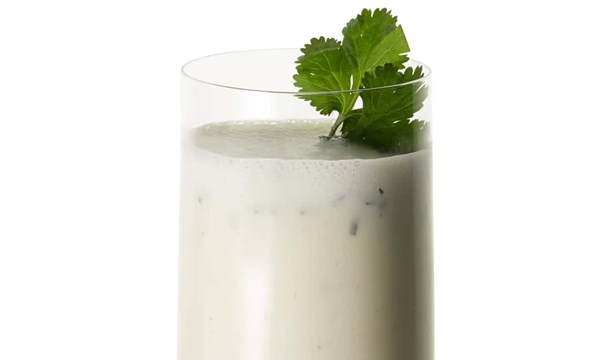Spice support: coriander
June 15, 2019 by DarcieThis spice we are profiling in today’s installment of Spice Support has a dual personality. Coriander (coriandrum sativum) exists in two forms, both as a leafy herb and as a seed used whole or ground as a spice. In the US, the leafy form is known as cilantro (the Spanish word for coriander), which is why many people here don’t associate the two as being from the same plant. Unlike most spices, the leaves and seeds taste very little like each other, further separating them in people’s minds.

The leafy part of the plant, also known as Chinese parsley, stirs up controversy. Few people are neutral when it comes to cilantro; most either love it or hate it. Many people find that the herb tastes soapy and therefore don’t want it near their food, while others enjoy the pungent, bright flavor.
While the leaves of the coriander plant are popular in Asian and Mexican dishes, the seeds are used in a wider variety of cuisines. According to The Encyclopedia of Spices and Herbs, there are two main varieties of coriander: Moroccan and Indian. The more common Moroccan seeds are tan to brown, round, and ribbed, while the Indian variety are more oval in shape and range from light tan to brown in color.
The flavor of the seeds, which are used both whole and ground, is warm and sweet, with citrusy notes of lemon and orange, and a hint of sage lurking in the background. Although it is used most often in savory dishes, coriander also enhances baked goods, especially those containing citrus. The spice is an essential ingredient in blends like curry powder, ras el hanout, and dukkah.
Coriander is an ancient spice, mentioned in early Egyptian, Sanskrit, and Greek writings. It is related to parsley and is fairly easy to grow, although it will bolt to seed quickly if stressed. Coriander is what known as an amalgamating spice, which means it ‘plays well’ with a variety of other flavors (hence its popularity in many spice blends). I gleaned an interesting bit of trivia about coriander from The Complete Book of Spices: if animals eat it in large amounts, coriander can have a narcotic effect, earning the nickname of ‘dizzycorn’.
Photo of Coriander (cilantro) and ginger chhaas from Saffron Soul by Mira Manek
Categories
- All Posts (6906)
- Antipasto (2119)
- Author Articles (246)
- Book News (934)
- Cookbook Giveaways (978)
- Cookbook Lovers (255)
- Cooking Tips (107)
- Culinary News (299)
- Food Biz People (551)
- Food Online (789)
- Holidays & Celebrations (270)
- New Cookbooks (148)
- Recipes (1495)
- Shelf Life With Susie (231)
- What's New on EYB (133)
Archives
Latest Comments
- jwolfe on NEW FEATURE: ‘No Recipes’ books
- KatieK1 on Over 170,000 Books in our EYB Library and hints to manually adding books
- Rinshin on What do you take when you have to evacuate?
- Dthomasc on Food news antipasto
- vickster on What do you take when you have to evacuate?
- Dripping on Are seed oils scary?
- pokarekare on What’s your favorite underrated ingredient?
- artthecat on The Golden Wok – Cookbook Giveaway
- JenjiD on German Heritage Baking Cookbook Giveaway
- JenjiD on The Golden Wok – Cookbook Giveaway